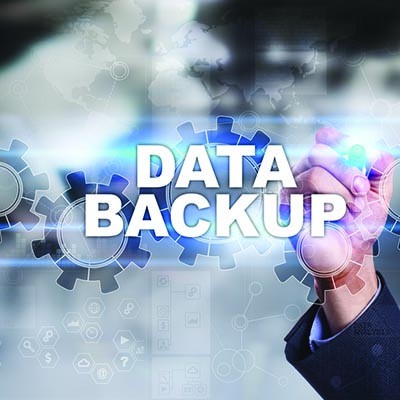It doesn’t take a rocket scientist to understand that a lot can go wrong with business just about every day. If something were to go horribly wrong and you lost access to your data infrastructure, what would you do? Let’s take a look at some of these disaster scenarios and how much data backup and disaster recovery can make a difference for your organization.
TS3 Technologies Blog
Modern businesses rely on a lot of technology to stay operational, much of which can be considered hardware, or the physical computing systems that contribute to your infrastructure, like workstations, routers, switches, and servers. Unfortunately, no technology lasts forever, and this is true for hardware as well. One of the most devastating problems that a business can face is hardware failure, and no matter how well you maintain your technology, you must be ready to face down this threat at any given moment.
Modern businesses generate a lot of data, some of which they couldn’t really function without. This makes the prospect of data loss especially dangerous, making a data backup imperative. Today, cloud computing is seen as the premiere option in terms of data redundancy and availability. Today, we’ll look at why you want to consider storing your backed-up data in the cloud.
For the modern business, not having a backup system in place is inexcusable. If you use digital data to run your business, you need to protect the data you can’t replace by having it backed up regularly. Some businesses have been around long enough to have files that don’t have any practical application in the course of business. You don’t need this data, and you don’t need a copy of it. Today, we will discuss how to select and choose which pieces of data you should seek to protect.
Backup and disaster recovery (BDR) might seem like a singular process, but in reality it’s more of a combination of processes that work in tandem with each other. Backup and disaster recovery both require a different perspective and approach in order to make sure they play nicely with each other. We’ll attempt to address this difference and give you the information needed to make the best decisions possible for your solution.








